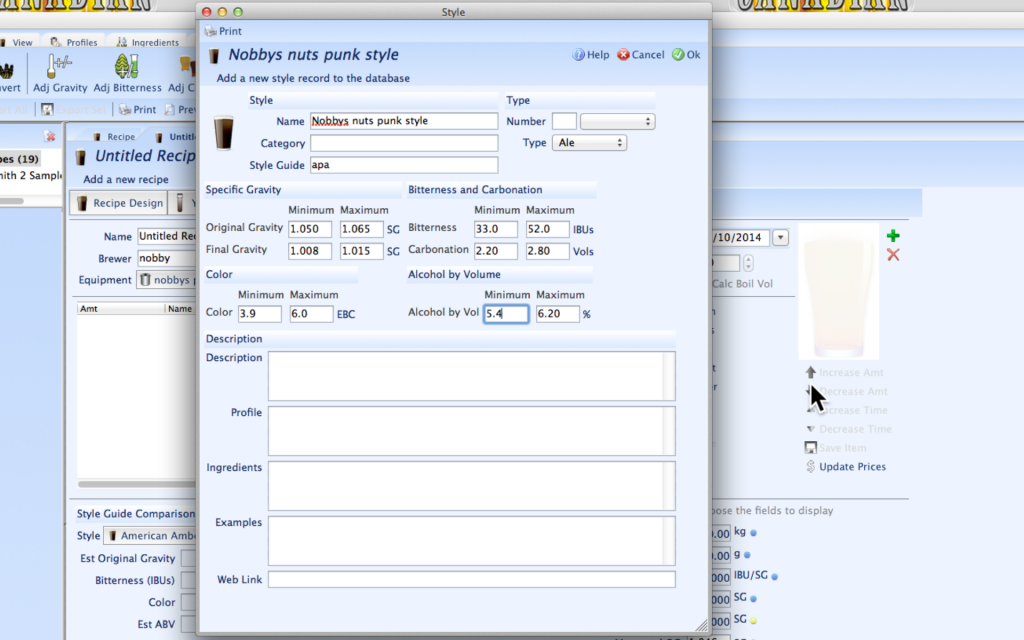I have a copy of Beer Smith, but I was wondering how you go about designing a recipe?
I feel a bit daft for asking this, I used to be a chef a few years back so recipes came naturally, but with beer and not being able to sample the finished product for some weeks I'm struggling. I'm also struggling as I don't know what each ingredient brings to the table.
For example, I've got a couple of clone recipes loaded into BS. Some of the ingredients, such as the hops I am unable to get from LHBS, and I prefer to buy from there as that place is a godsend! I'm not sure how I can substitute any of the ingredients. It's mainly the hops, they all have different ratings. The recipe also calls for Crystal 80l and Crystal 20l, but I have no idea what the stuff in my LHBS is (the website doesn't list that information). What happens if I can only get one type?
Is it just trial and error coupled with experience? When I have made my next two brews, I will have a load of hops left over, but without copying someone elses recipe I will be stuck as I won't know what goes with what. I've read that certain hops compliment each other and certain ones do not go together. There's too much information
I've got a recipe for a Ghost Ship clone (from here) but think I will be unable to get my hands on any Citra, but have a huge list of hops that I can get. I suppose I just need to be able to work out the IBU's and the EBC's etc
Sorry for the long post, I just really want to get this right, I don't want to be waiting 6 weeks to try some beer and it be horrible!



